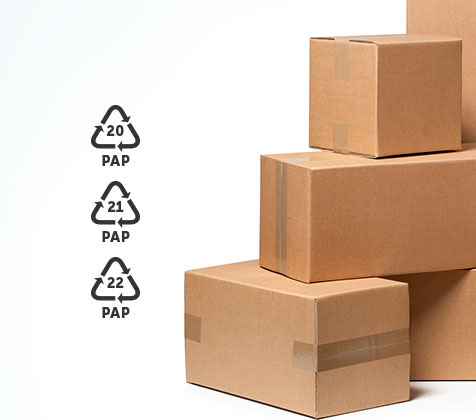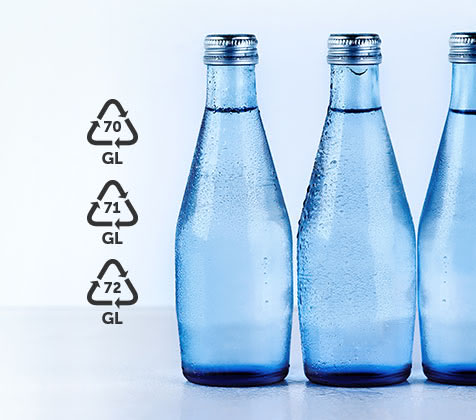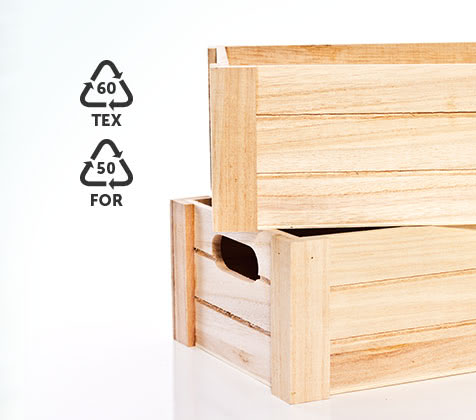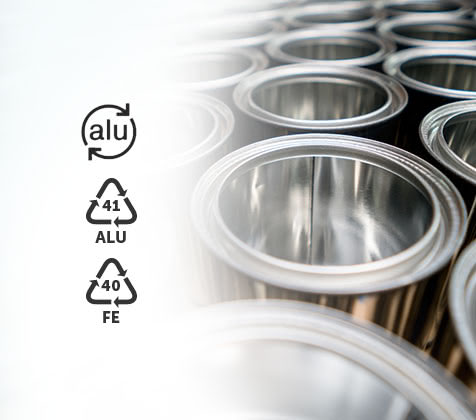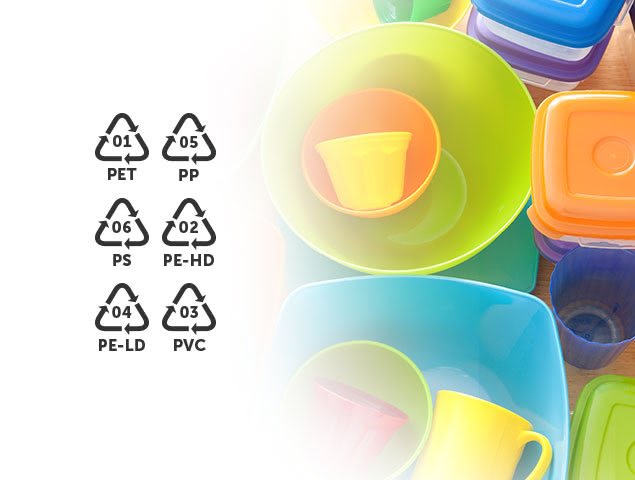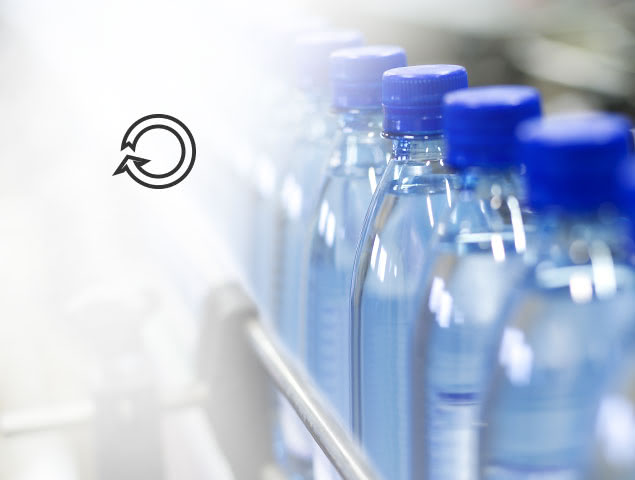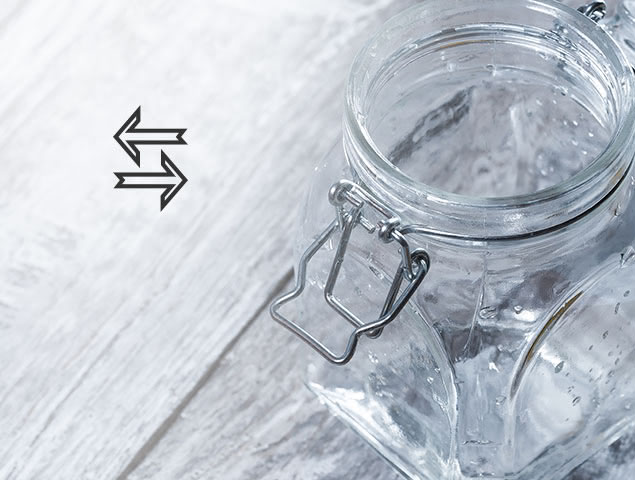
Be eco – the 3R’s rule: REDUCE, REUSE, RECYCLE
REDUCE – limit your consumption
REDUCE means reducing the amount of waste you produce by buying more responsibly and managing your resources more reasonably. Responsible shopping consists first of all in spending your money wisely and avoiding buying products that are not necessary or with useless packaging. A responsible consumer reduces expenses, produces less waste, buys local products, and as a result, contributes to the reduction of C02 emissions caused by transport and to the minimization of costs related to waste management.
Here is a handful of tips to help you reduce the amount of waste produced at your home:
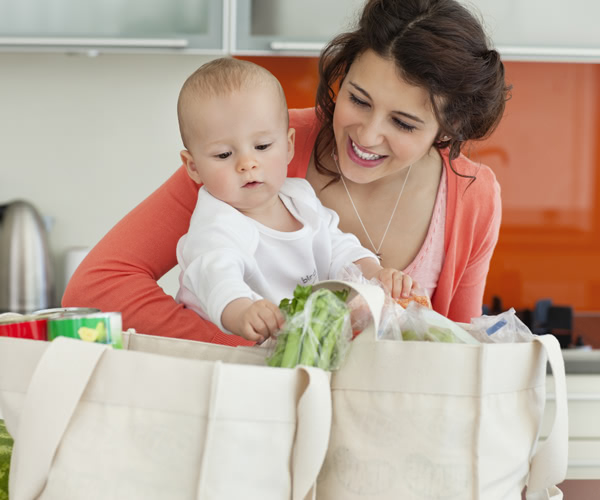
- For shopping, always take with you reusable bags e.g.in linen or in polypropylene, which are available in most of the stores. You will thus avoid using too many single-use plastic bags.
- Always remember to make a shopping list. You will then be sure to buy only what you need.
- Choose products with minimal packaging or not packed at all, e.g. fruits or vegetables.
- Choose family-size packages instead of several smaller items, e.g. a big bottle of fabric softener or several-kilo packs of washing powder.
- Buy concentrates because they usually have smaller packages.
- If possible, choose products with recycled packaging or in recyclable packages like paper, glass or metal.
- Avoid products with several layers of packaging, e.g. packed in a box and wrapped in film.
- Use up products and do not throw away the remnants, e.g. cut the plastic package of the hand cream into two and use up the cream that you would have thrown away.
- Do not buy low quality or unnecessary goods.
REUSE – give a second life to things
Reducing your waste to zero is impossible, but you can often reuse it. This is why the second “R” of the 3R’s rule stands for “REUSE”, i.e. “use again”. REUSE is a recommendation to use and not to damage things that can have a second life.
How to give a second life to things? Just follow these rules:
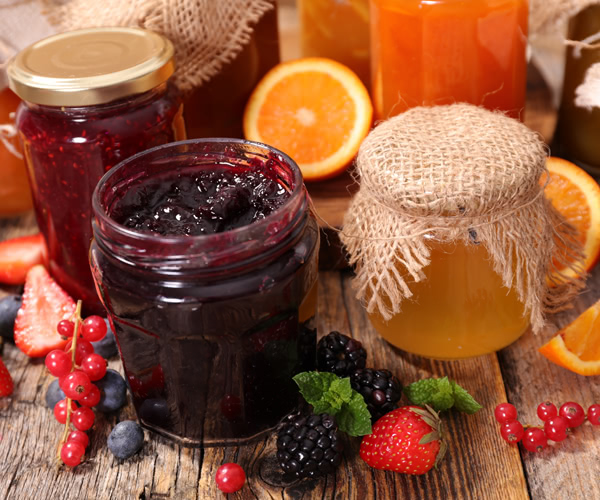
- Choose drinks in returnable bottles.
- Use plastic bags as trash bags or take them with you for shopping next time.
- Buy products with a long warranty period and which can be fixed.
- Choose rechargeable batteries instead of single-use ones – it will be both cheaper and more ecological.
- Try to reuse packages e.g. glass jars are perfect for homemade preserves, plastic boxes are perfect for storing your belongings.
- If you live in a house or have a summer house or garden, you may start composting organic waste.
- Give books, furniture or clothes to other people or charities instead of throwing them away.
- Reduce the amount of paper used at home and at the office by using both sides of the sheet.
RECYCLE – help recycle valuable resources!
A lot of the waste we produce contains valuable resources which can be recycled and reused. Most of it can be already recycled by sorting our home waste into glass, plastic or paper. Recycling resources is the best solution when you cannot reduce the amount of your waste or cannot find for it a new life.
What is recyclable?

How to put the RECYCLE principle into practice?
- Start by sorting effectively your home waste and throw away your sorted waste in special color-coded recycling bins or containers.
- Choose products with an ecological packaging, e.g. made from recyclable and biodegradable raw materials.
- When buying new electric or electronic equipment, return old devices at store.
- Throw away hazardous waste in special containers.
- Throw away expired drugs in special containers that you will find in any pharmacy.
- If you live in a house, or have a summer house or a garden, you can start composting organic waste e.g. food waste.
- Collect rain water and use it to water plants.
In the maze of symbols, or how to read product labels?
Most of us know what recycling and sorting are about. We know what packages we throw away are made of, we are able to differentiate paper from glass, plastic and metal. We are also presumably able to tell if something can be recycled or not. But, do we know the meaning of symbols on packaging?
The recycling code consists of three chasing arrows, arranged clockwise and forming a triangle. The numerical code of the material is indicated inside the triangle and the abbreviated name of the material can be found just below. If a package or a product has such a symbol, it means that it is recyclable. The most frequently used symbols are listed below.
List of symbol patterns
used on product packaging and determined by ordinance of the Minister of Environment on packaging symbols (Dz.U.2014 poz. 1298).




